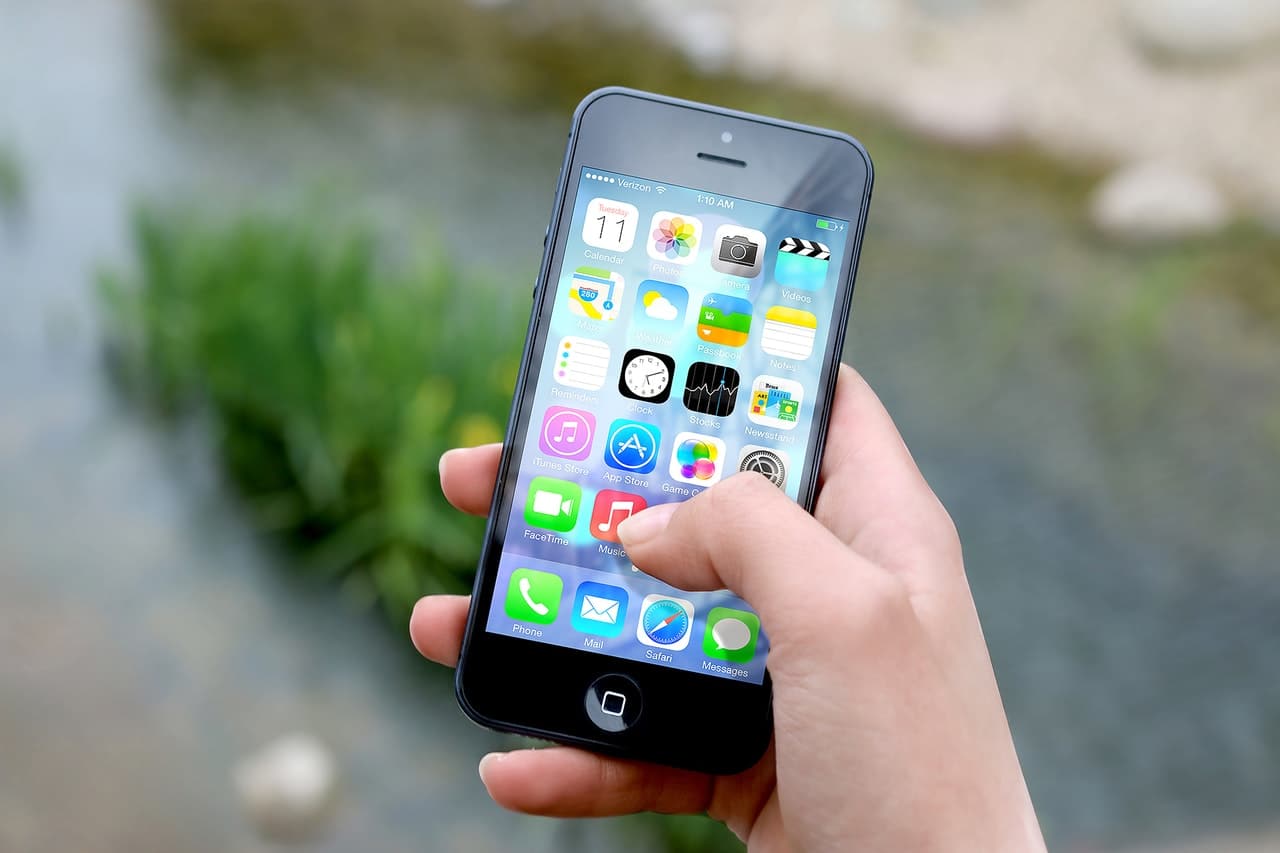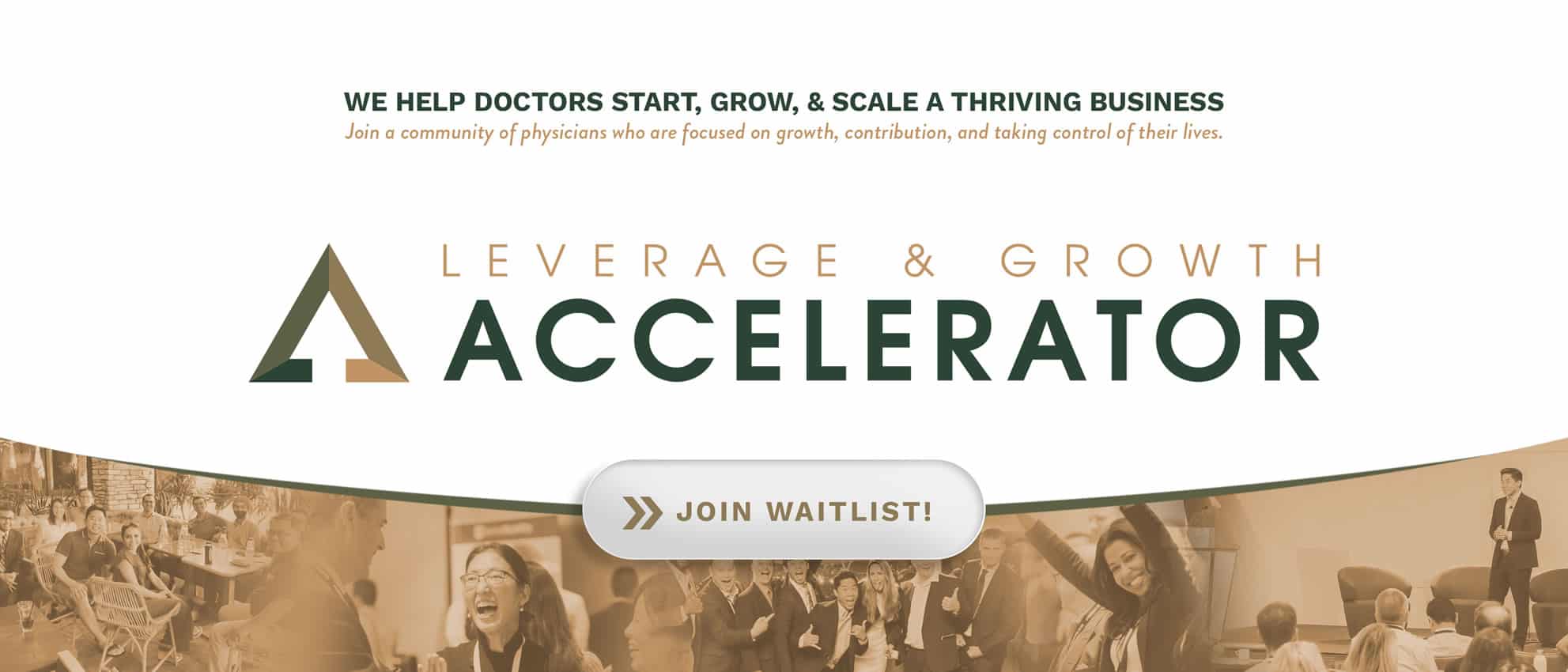
How I Made Over $70,000 Developing iPhone Apps
This post may contain links from our sponsors. We provide you with accurate, reliable information. Learn more about how we make money and select our advertising partners.
Today's guest post is from none other than The Wall Street Physician. He took a non-traditional path to medicine by first working as a Wall Street trader at an investment bank! He is now a resident physician whose mission is to teach other residents, fellows, and early career physicians about finance. He even started a brand new Facebook group, Wall Street Resident Physicians and I hear is giving away a couple copies of the White Coat Investor randomly to new members. Boom!
Why I love this post is that it is an example of a physician being resourceful and creating income, passive income, out of it. I believe it is possible for everyone and not just a pipe dream. I'm not trying to convince everyone to go out there and build your own app, I'm just trying to provide real-life examples that side hustles are out there for the taking. Enjoy!
Passive Income MD wrote an article in June 2018 about how to create an app. The article was particularly meaningful to me, as it brought memories of the months I spent writing iPhone apps many years ago. Since Passive Income MD hasn't yet created an app, I wanted to describe my personal experience with app development, as well as share my thoughts on whether developing iPhone apps can still be a profitable side hustle.
History of the App Store
The original iPhone came out in 2007, and it was big news when Apple announced that it would open the iOS to third-party developers in March 2008. The development of the App Store was mutually beneficial for independent app developers and Apple. The introduction of third-party apps rapidly increased the functionality of the iPhone, giving it features that made it stand apart from the other smartphones of the day. And from the developer side, Apple provided the platform to market your iPhone app to millions of potential customers through the App Store.
In the beginning, there were only a few apps in the store, and there was great interest from users to buy all sorts of different iPhone apps. Many of us remember the stories of the iPhone app millionaires that were minted in the early days of the App Store.
By the fall of 2009, there were already tens of thousands of iPhone apps available for purchase, but the Apple App Store ecosystem was still relatively immature. This was when I got into the iPhone app development game. I had never developed an iPhone app or written software commercially before. My only formal computer science education was during high school, but the beauty of the iPhone App Store is that all you needed is $99 for an annual developer program subscription and you could submit apps to the App Store.
Prior to getting into iPhone app development, the only Apple product I had ever owned was an iPod shuffle. I didn't even buy my first smartphone until nearly 3 years after I had started developing iPhone apps! Because I had been a Windows person my whole life and iPhone app development could only be done on Macs, I bought the simplest white MacBook available, which came with a free iPod touch.
From Idea To App Store Submission In 3 Weeks
I coded all of my apps myself, which required me to learn Objective-C, the language used by Apple iPhone apps. Fortunately, my high school computer science background was mostly in C++, which was very similar to Objective-C.
Using a combination of Apple's provided tutorials and internet forums such as iPhoneDevSDK and Stack Overflow, I was able to cobble together my first functioning iPhone app approximately three weeks after I started programming. The app review process took approximately two weeks, but finally, it got published in the App Store.
While I did the graphic design myself for my first app, I am a terrible artist. Since I am not a natural designer, I decided to outsource much of the design of the app backgrounds and icons to someone else. I found a high school student in Eastern Europe who did all of my simple design work for $163. This was before the days of the gig economy — these days, you could probably get design work done for even less than I did using sites like Fiverr.
App Store Pricing
I priced my first app at $0.99, which meant I got to keep $.70 and Apple would take $.30. I priced my apps anywhere from $0.99 to $2.99. Unfortunately, app store pricing quickly became a race to the bottom, so it is hard to sell most apps for more than $0.99. Many apps choose to go with the free-with-ads or a freemium model rather than the paid model that I chose.
From One App To Ten
It was exciting and addictive to look at my daily sales reports. It’s kind of like checking your investments to see how much money you’ve made or lost, or checking your site stats as a blogger. I only sold two $0.99 apps on my first day, and only 40 apps in the first week.
But I knew that if I could build a portfolio of apps, the combined sales could become significant money. I continued writing new apps, and wrote approximately 10 apps in total. Some were successful, and some were not.
But the great thing about iPhone apps is that once you publish your app in the App Store, the amount of upkeep to keep selling your app is minimal. The main thing you have to do is fix any bugs in your app, which may come out because of deficiencies in your original code, or because of incompatibilities of your app with future iOS versions.
Years after I had stopped developing new apps, I was still collecting revenue. This makes writing iPhone apps more like writing a book than writing a blog.
My iPhone App Business Income Report
So how much did I make writing iPhone apps? I went through my old sales spreadsheets and tax filings to see how much I made each year on my iPhone apps:
| Year | Income |
| 2009 | -$107 |
| 2010 | $19,100 |
| 2011 | $22,321 |
| 2012 | $15,962 |
| 2013 | $8,212 |
| 2014 | $4,952 |
| 2015 | $912 |
| Total | $71,352 |
The vast majority of my apps were developed between the fall of 2009 and the summer of 2010, and my last new iPhone app was published in 2011. As you can see, my apps generated passive income for years after I had released my last iPhone app.
As the App Store matured, sales for my app declined, and I did not have the time or energy to update the apps to be compatible with the latest iOS. Therefore, I eventually removed all of my apps from the store in 2015.
Can iPhone Apps Still Be A Profitable Source Of Passive Income?
Developing iPhone apps was a bit of a gold rush in the early years of the App Store, with developers scrambling to publish apps as quickly as possible. Even mediocre applications such as mine could make good money.
Would I recommend physicians try to develop an iPhone app as their side hustle? I would not recommend it, because I think the market is very saturated and it is very difficult to stand out from the millions of other iPhone apps in the App Store. Development and programming help is very expensive, and I think the vast majority of iPhone app ideas will be unable to recover the costs to develop the app.
I developed iPhone apps around the same time as when Pat Flynn from Smart Passive Income was developing iPhone apps. He did not have any programming experience, so he outsourced his development work. He stopped generating revenue from his iPhone apps in October 2016, and I don't believe he had developed any new iPhone apps for years. If someone as smart about side hustles as Pat Flynn isn't in the business, you know it's a hard side hustle to make money (or at least it is not worth his time). It shows that even the most well-known influencers in the passive income/side hustle industry aren't making money by developing iPhone apps.
That being said, physicians should always keep an open mind about all different kinds of side hustles, including iPhone apps. There are very limited niche opportunities where I believe developing an iPhone app could still be financially successful (even if you outsource the programming).
For example, in oncology, the AJCC staging manual came out with its eighth edition recently. It is significantly more complicated than the 7th edition, and some of the staging tables for certain cancers (especially breast cancer) are nearly impossible to memorize. Several entrepreneurial groups have developed iPhone apps that will stage a cancer for you based on the AJCC 8th edition staging manual.
As you might imagine, this would be a trivial programming exercise, and outsourcing the development of this iPhone app design would be relatively inexpensive. Given the popularity of these apps in the App Store, I believe that this would be a profitable app, if you can be the first or most popular cancer staging app in the App Store.
I assume there will be a lot of competition in this niche in the coming months and years, and I expect that someone will eventually release a free version of a cancer staging app, which would significantly limit your income potential. In addition, it appears that most of these cancer staging apps have gotten explicit permission from the AJCC to use their staging manual; I do not know if they had to pay for this permission.
Conclusion
Developing iPhone apps was a great way to generate passive income in the late 2000s and early 2010s, but it is much harder to make a profitable app these days, especially if you outsource the programming. Regardless, I would recommend entrepreneurial physicians to always be on the lookout for opportunities, as there are examples of niches where you could successfully develop a profitable iPhone app.
What do you think? Have you ever tried your hand at developing iPhone apps? Do you think there are still opportunities for physicians to make passive income on app development?
If you'd like to know more about The Wall Street Physician, check out his site here!
Disclaimer: The topic presented in this article is provided as general information and for educational purposes. It is not a substitute for professional advice. Accordingly, before taking action, consult with your team of professionals.


